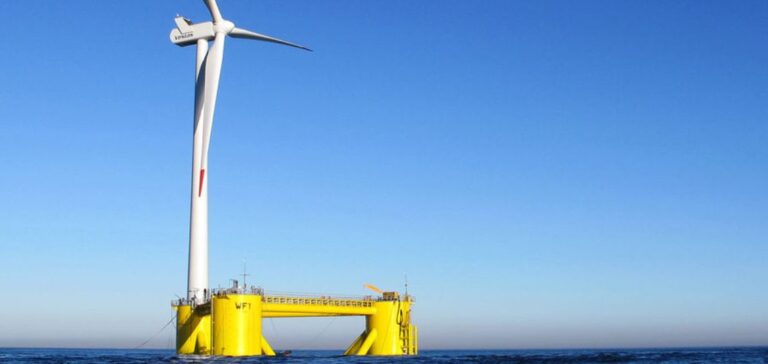Ekwil, based in France, brings together a team of 40 specialists and draws on the resources of SBM Offshore and Technip Energies. Headed by Séverine Baudic, former Managing Director of New Energies & Services at SBM Offshore, and Willy Gauttier, former Vice President of Floating Offshore Wind at Technip Energies, Ekwil aims to become a major player in the EOF market. This joint venture is structured to offer reliable and efficient solutions, accelerating the deployment of floatingoffshore wind turbines through mass production and advanced technical expertise.
Technologies and competitive advantages
Technip Energies’ Semi-submersible INO15 and SBM Offshore’s Tension Leg Platform Float4Wind technologies enable Ekwil to cover a broad spectrum of the EOF market. These innovations offer economies of scale and reduced deployment times, making EOF solutions more competitive. The combined expertise of the two companies enables Ekwil to meet market requirements with optimized, reliable solutions, strengthening its position in the global floating offshore wind market.
Market Impact and Deployment
Ekwil plans to capitalize on growth in the floating offshore wind market, particularly in Europe, Asia and North America. The company’s technologies are designed to meet the specific needs of these regions, ensuring effective market penetration. The joint venture structure enables greater agility in project implementation, offering customers robust and economically viable EOF solutions.
Leadership and Perspectives
Séverine Baudic and Willy Gauttier, as CEO and COO respectively, bring significant experience and strategic vision to Ekwil. Their leadership is essential in guiding the company through a rapidly changing market, ensuring effective execution and sustainable growth. Growth prospects for Ekwil are strengthened by the growing demand for floating offshore wind solutions, and the company is well positioned to capture a significant share of this market.






















